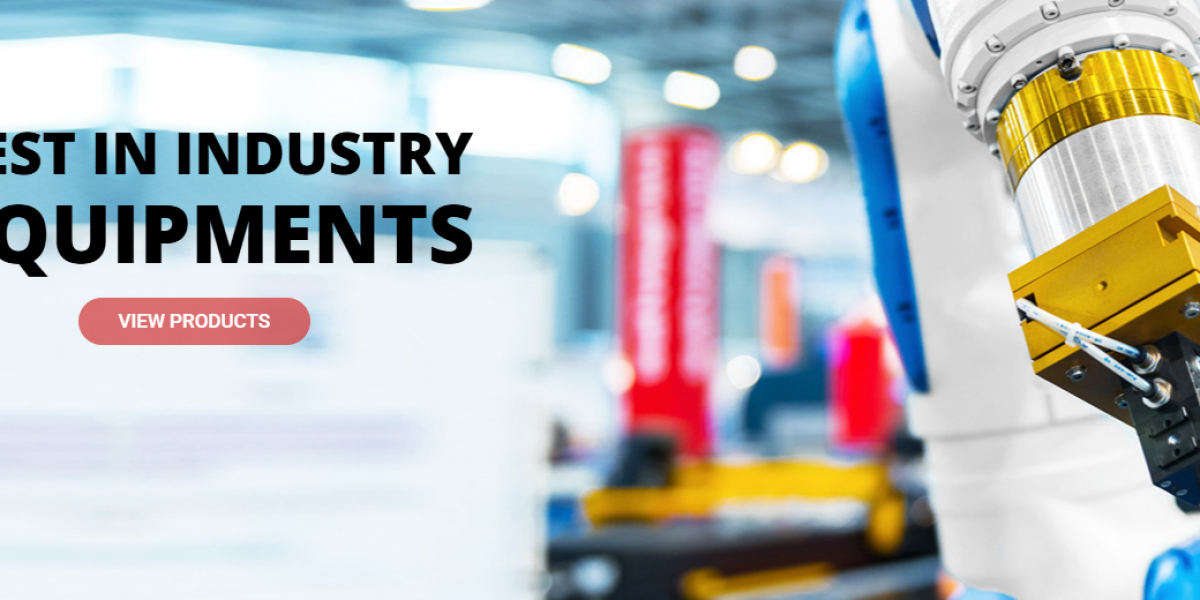Thermal Energy Storage Tanks: The Future of Efficient Energy Management
As industries, commercial buildings, and smart cities move toward sustainable and energy-efficient solutions, Thermal Energy Storage(TES) is emerging as a game-changer. With rising global energy demands—especially across the Middle East and Africa—businesses are now adopting advanced Thermal Energy Storage Tanks to reduce energy consumption, stabilise loads, and increase operational efficiency.
If you’re exploring a reliable, affordable, and future-ready thermal storage system, this guide will help you understand the role and benefits of TES systems and why now is the best time to invest.
What Is Thermal Energy Storage?
Thermal Energy Storage (TES) refers to the process of storing energy in the form of heat or cold for later use. It helps manage temperature variations efficiently, especially in large-scale industrial and commercial environments.
TES systems allow users to generate cooling or heating at off-peak electricity hours and use it during peak demand—drastically reducing operational costs.
What Are Thermal Energy Storage Tanks?
Thermal Energy Storage Tanks are engineered systems designed to store hot or chilled water—or in some cases, ice—for conditioning and process applications.
These tanks are built using specialized insulation and structural integrity so the thermal energy remains stored for extended durations with minimal loss.
Key Benefits of Thermal Energy Storage Tanks
Lower Energy Cost
TES tanks shift cooling or heating loads to off-peak time using cheaper electricity tariffs.
Increased System Efficiency
Working with HVAC, refrigeration, and industrial systems, TES helps maintain optimal performance without overloading equipment.
Reduced Carbon Footprint
By minimizing energy waste and utilizing smarter storage cycles, TES systems support sustainability goals.
Reliable Backup Energy
TES tanks provide secure and stable thermal energy during peak energy demand, emergencies, grid instability, or power outages.
Where Are TES Tanks Used?
Thermal Energy Storage applications include:
- District cooling plants
- Industrial refrigeration
- Cold storage and food processing
- Pharmaceutical and research facilities
- Oil & Gas
- Commercial and residential towers
- Data Centers
- Airports and Smart Cities
Why TES Tanks Are Essential for Middle East & Africa
The Middle East and Africa face some of the highest cooling demands in the world due to extreme weather, rapid construction growth, and increasing energy prices.
Thermal Energy Storage Tanks provide:
- Stable cooling output
- Reduced electricity bills
- Optimized peak load management
- Long-term energy security
Governments and industries are increasingly adopting TES as part of sustainable energy mandates.
Why Choose API Energy TES Solutions?
API Energy is recognized as one of the leading and trusted organizations in:
- Heat Transfer
- Hydronics
- Air Quality
- Industrial Refrigeration
- Cold Room
- Automation
- Water Treatment
- Cryogenic
- Cathodic Protection
- Fuel, Mud & Cement Storage
- Iron Ore & Waste Management
- Thermal & Fuel Storage
Our Thermal Energy Storage Water and Ice Tanks are engineered for durability, long-term efficiency, and global energy standards.
Contact Us
For inquiries related to our products and services, connect with us:
Email: info@apienergy.co.uk
Visit: https://apienergy.co.uk/product/api-energy-thermal-energy-storage-tes-water-ice
Investing in Thermal Energy Storage Tanks is no longer just a technical advancement—it’s a strategic decision that supports business continuity, energy efficiency, and long-term cost savings. As industries evolve, TES systems will continue to lead the shift toward smart, sustainable, and climate-ready infrastructure.














